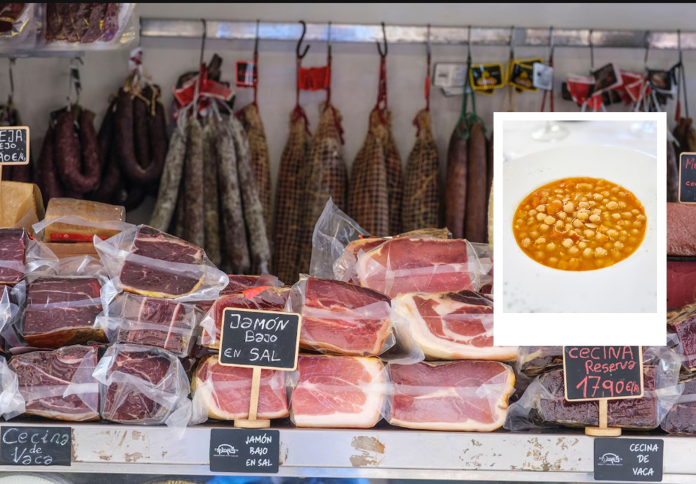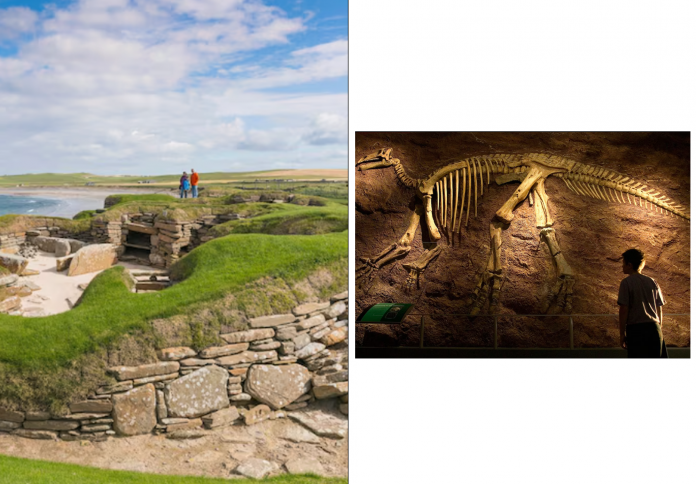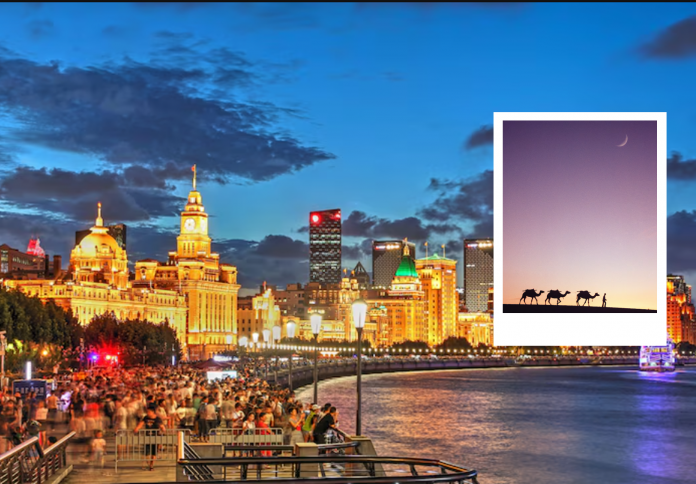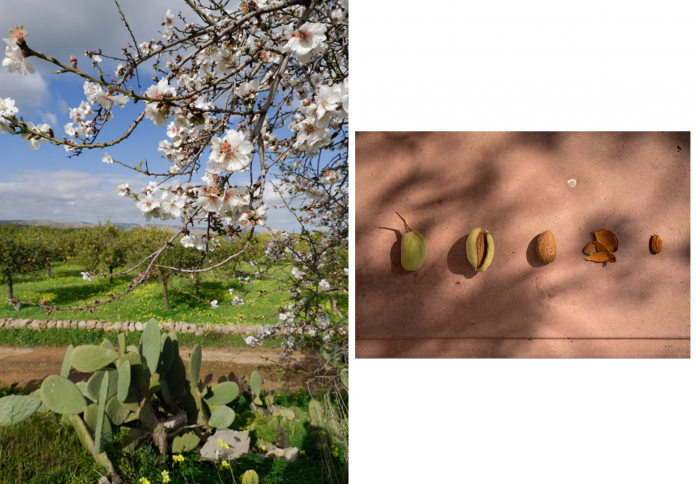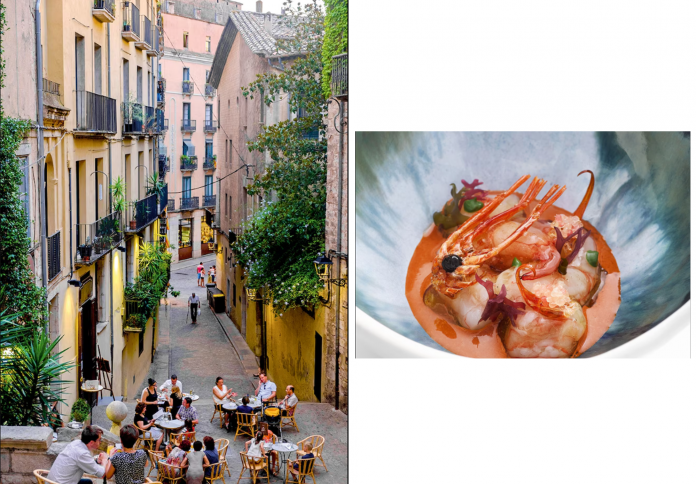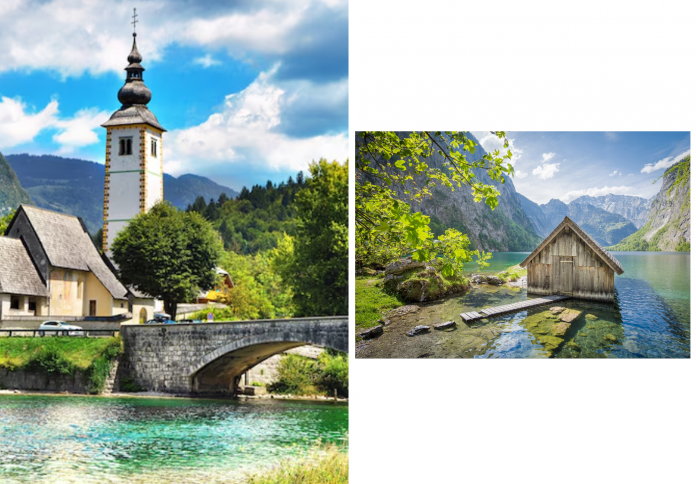Once a Roman outpost and now a hidden gem on the Camino de Santiago, Astorga is a city where history simmers in every pot. From hearty stews to sugary confections, its cuisine speaks of pilgrimage, empire, and the enduring taste of place.
A city shaped by appetite and empire
Astorga sits at the confluence of ancient roads — both literal and cultural. A former Roman city in Spain’s León province and a key stop on the Camino de Santiago, it has long been a meeting point of soldiers, saints, and traders. This layered past is what gives Astorga its unique culinary character: part Castilian heartiness, part Galician influence, and all rooted in the rhythms of land and pilgrimage.

You can taste this geography in cocido maragato, the city’s most famous dish. It’s a stew with a twist — not just in its ingredients, but in how it’s eaten. Inverting the usual Spanish custom, the meats come first, then the vegetables, and finally the soup. Locals say it reflects the hunger of warriors: eat the good stuff before the battle starts.
This stew, rich with chickpeas, blood sausage, pork, and cabbage, is more than a meal. It’s a rite of passage. And in Astorga, food often serves as a form of storytelling — each dish a memory of travel, survival, and shared table.
The sweet science of mantecadas and chocolate
If cocido maragato is Astorga’s soul food, then mantecadas are its love letter. These airy, square pastries — halfway between sponge cake and brioche — are made with butter, eggs, and flour, baked in small paper wrappers. But their power lies not in novelty, but in nostalgia. Every local bakery sells them, and many claim theirs is the most authentic.
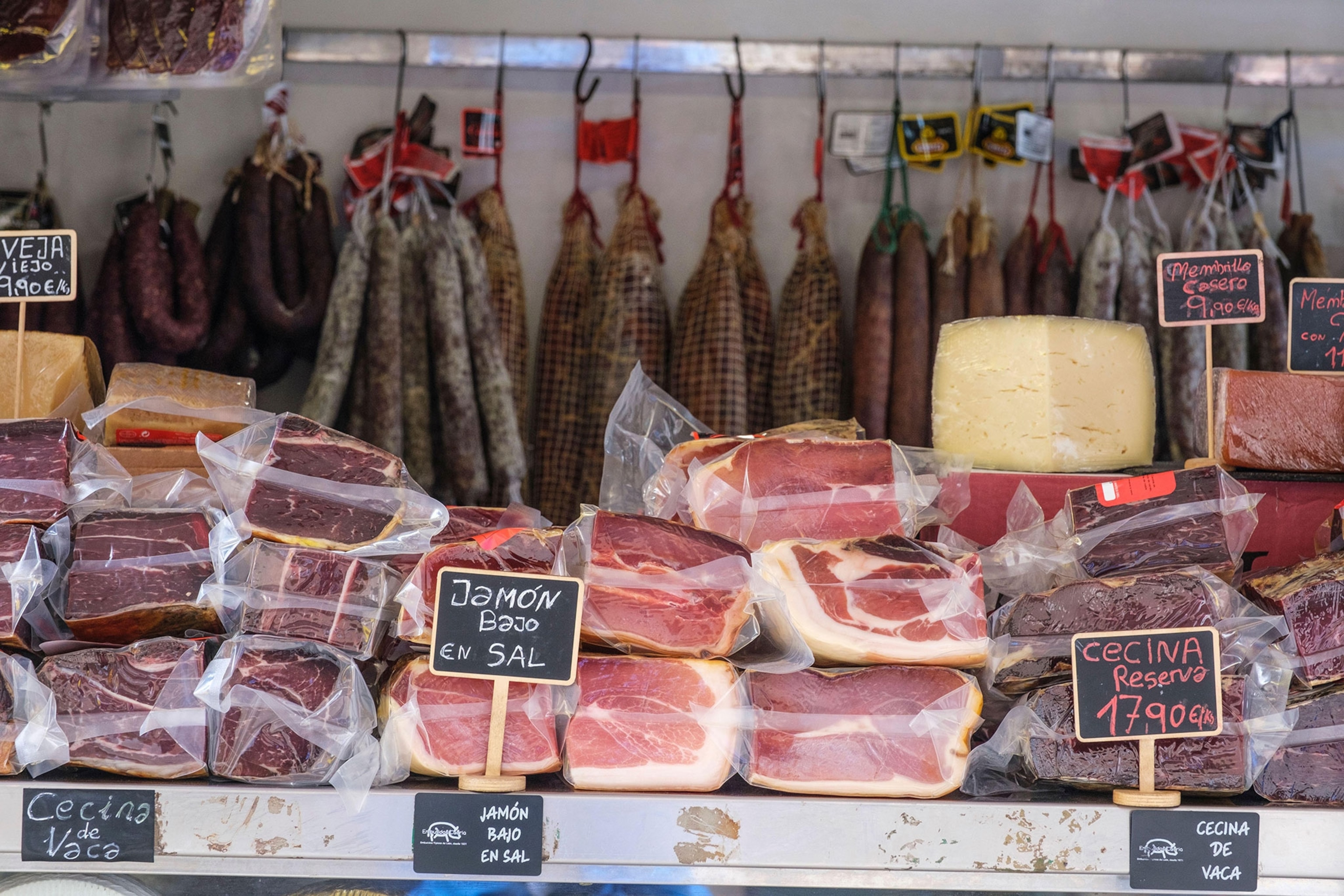
Their origins trace back to convent kitchens and the agricultural bounty of the Maragatería region, where dairy and eggs abound. Today, mantecadas de Astorga are protected by a designation of origin, ensuring their recipe and quality remain intact. Their butter-sweet scent lingers through the city’s streets, especially in the mornings.
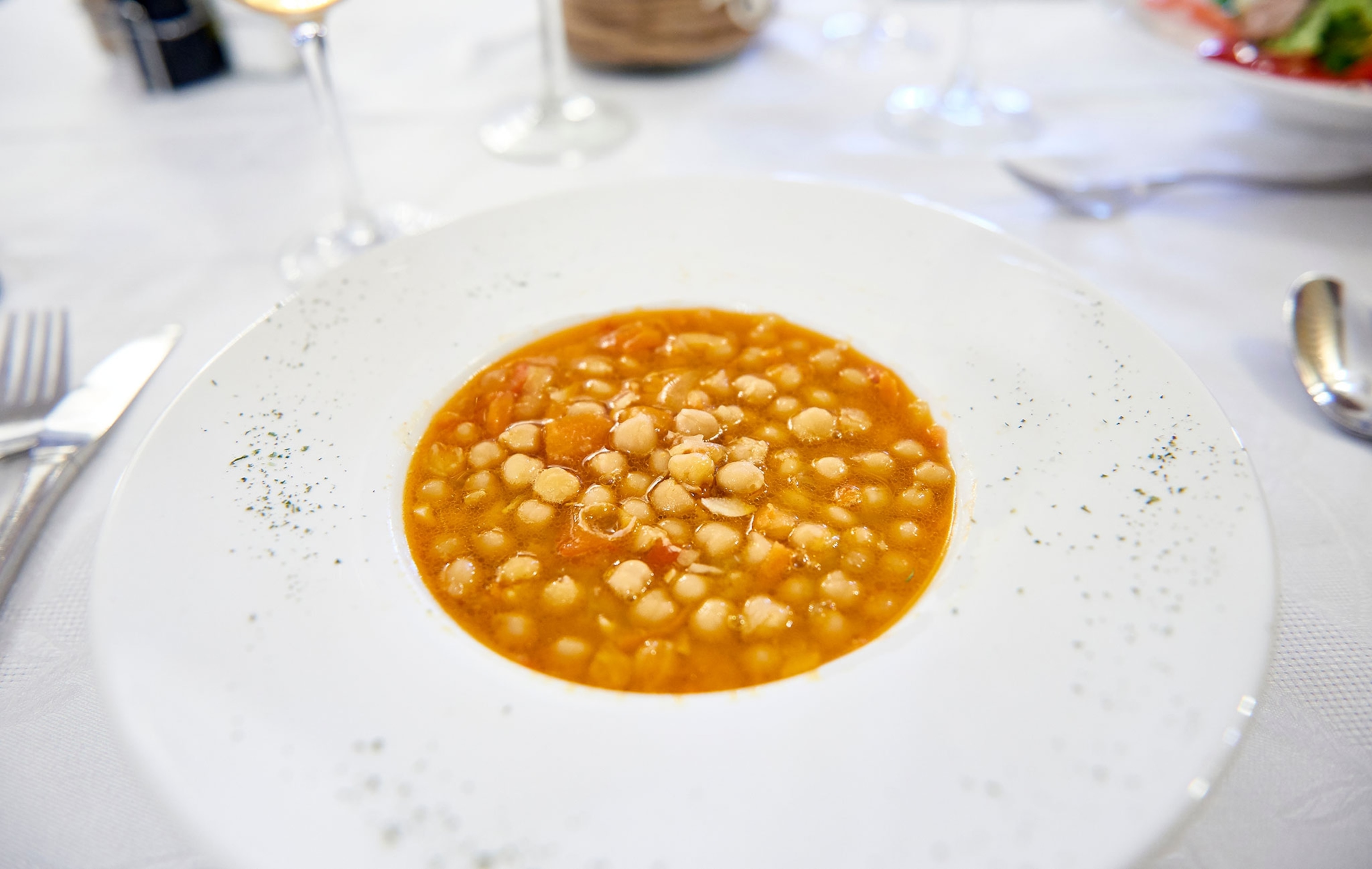
Astorga is also famously known for its chocolate. In the 16th century, it was one of the first cities in Spain to import and process cacao. By the 1800s, it boasted dozens of chocolatiers, and it still celebrates this history with a museum and artisanal shops. Try the hot chocolate here — thick, rich, and served with pride — or buy a bar laced with cinnamon, chili, or local nuts.
A pilgrim’s pantry: Camino flavors that linger
Food in Astorga isn’t just for residents — it’s for pilgrims. As a key stop on the Camino de Santiago, the city has hosted weary travelers for centuries. Its cuisine reflects this: nourishing, simple, and soulful.
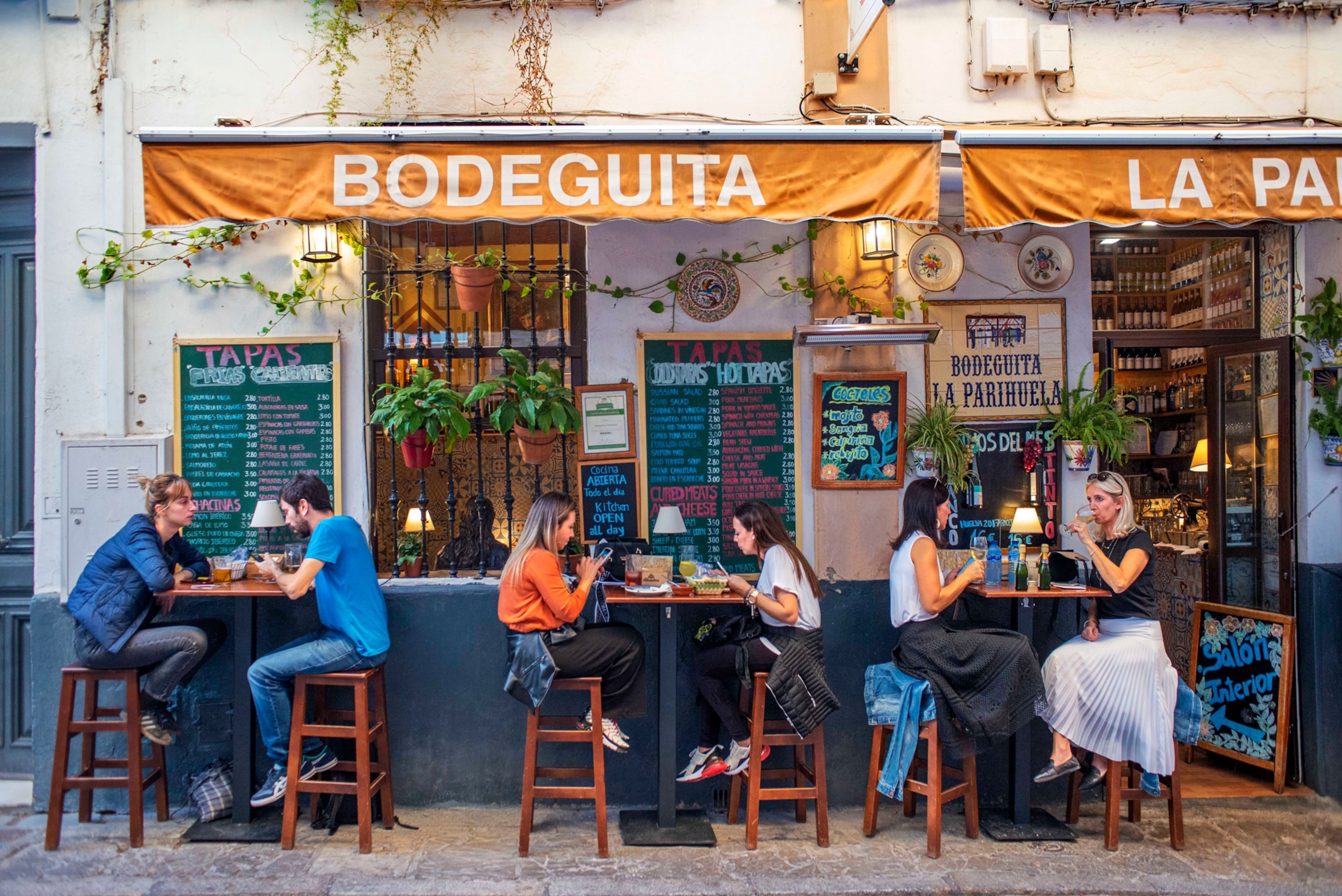
Pilgrim menus in Astorga’s restaurants usually include local lentils, roasted meats, and robust wines from nearby Bierzo or Tierra de León. Cheese is another staple — creamy goat and sheep varieties are sold in small rounds at the market or served with quince paste at taverns.
Even tapas here feel touched by the trail: pork shoulder, empanadas, grilled peppers, and cecina (dry-cured beef) are served in generous portions, often free with a drink. It’s a tradition born from hospitality — to feed without fanfare, to restore the body without judgment.
Eating like a local: Where to begin
To eat well in Astorga is to follow your senses. Start at Plaza Mayor, where terraces buzz with conversation and midday tapas. Nearby, family-run restaurants like Restaurante Serrano or Mesón El Llar offer classic cocido maragato menus — multi-course affairs that should be approached with a pilgrim’s patience and an empty stomach.
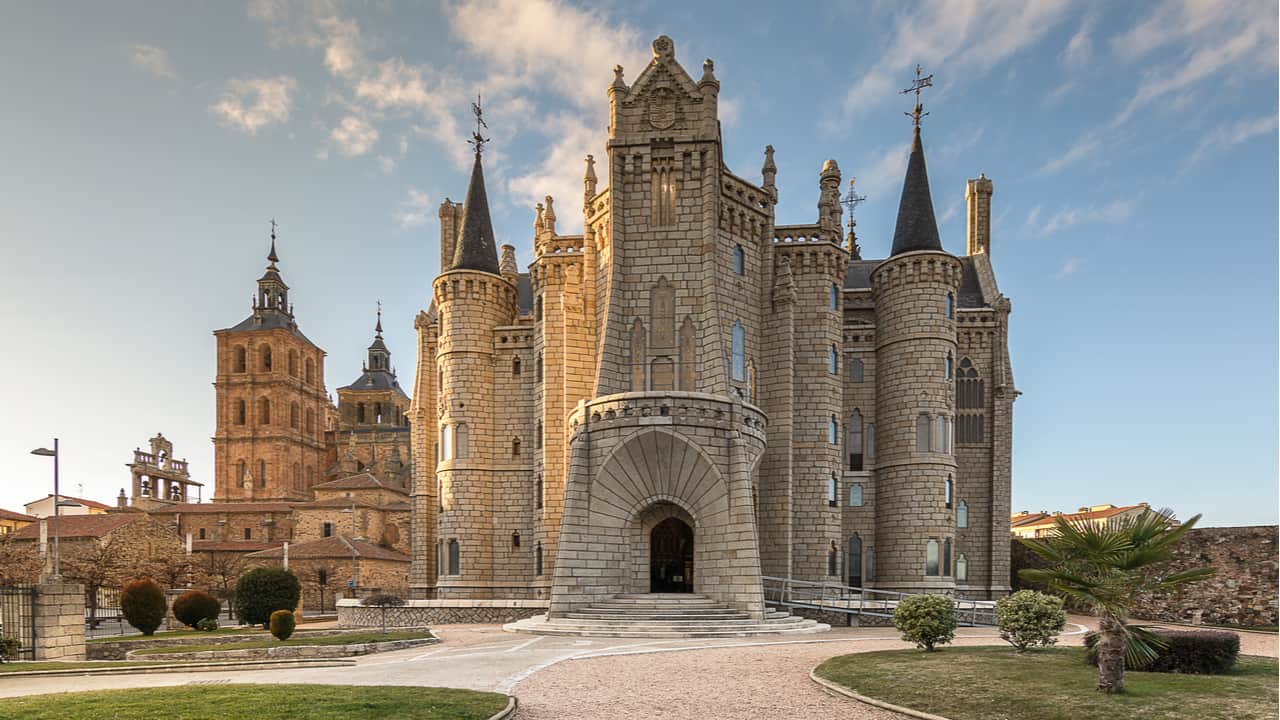
For sweets, head to Confitería La Flor y Nata or La Mallorquina for mantecadas, or Chocolatería Peñín for handcrafted bars. And if you’re curious about the city’s chocolate past, the Museo del Chocolate offers both history and tastings in equal measure.
The best way to understand Astorga’s food, however, is not in any one dish but in its rhythm: slow, generous, unpretentious. It doesn’t chase trends — it honors traditions. Whether you’re walking the Camino or just passing through, this small city invites you to eat not just for pleasure, but with purpose. To taste Astorga is to taste centuries — and to leave full in every sense.
